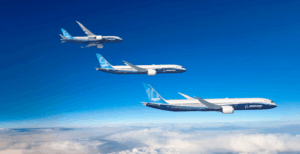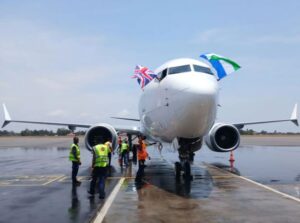Since the 1960s, helicopters like the Sikorsky S-92 have been vital for the safe and efficient operation of offshore oil and gas platforms.
The S-92 has long dominated these missions, but recent challenges with the type and its competitors are forcing operators to confront tough decisions about their helicopter fleets.
Sikorsky S-92 is the Most Popular Choice for Offshore Helicopter Support
The Sikorsky S-92 medium-lift helicopter began flying commercial missions in 2004. There are currently about 290 S-92s in service around the world, and about two-thirds of them support offshore oil and gas platforms. Their uses include general resupply, crew change, on-call resupply, search and rescue, and medical evacuation missions.
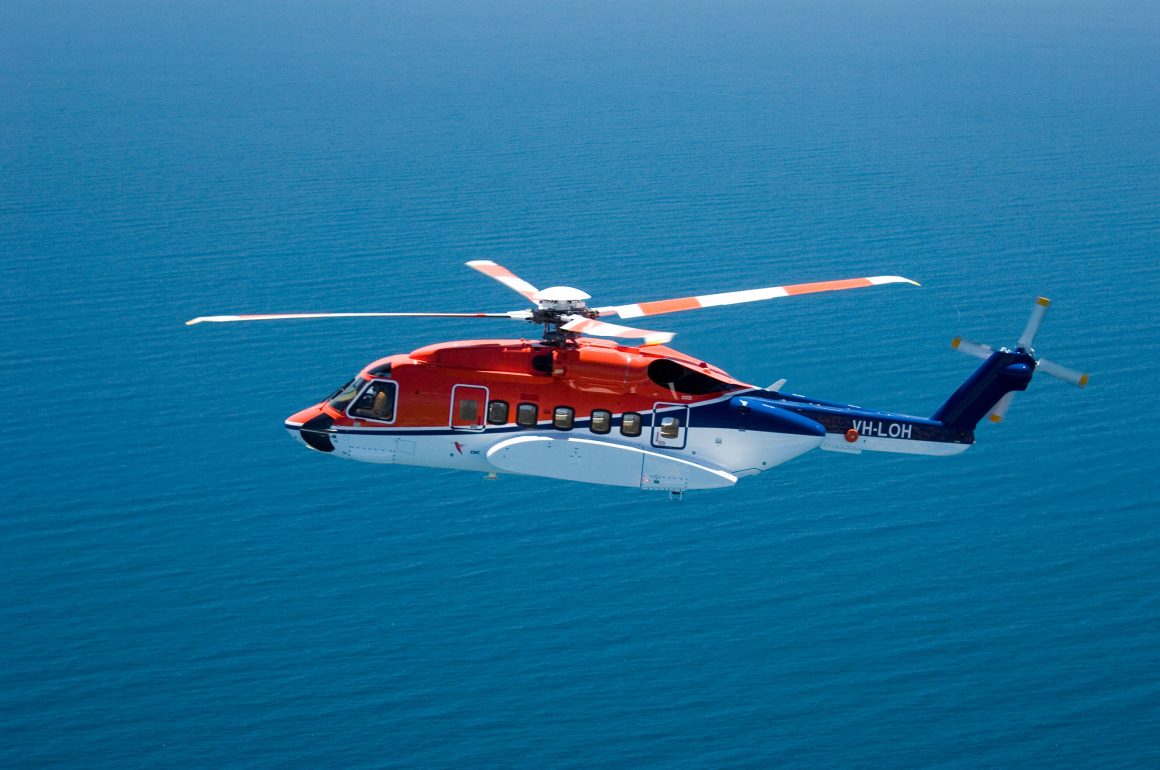
There are currently 12,000 oil and gas platforms worldwide. On average, these last about 25 years before replacement. Many current platforms have reached or exceeded that age. Some of these platforms are as far as 200-plus miles offshore. The condition of these platforms and their distances offshore make helicopter support especially important, as ships cannot cover those distances nearly as fast.
Massive Oil and Gas Platforms Require Reliable Helicopters
Some of these facilities are truly massive. For example, Shell Perdido, located in the Gulf of America about 200 miles from Freeport, Texas, is one of the world’s deepest and largest offshore oil drilling and production platforms. Perdido processes about 100,000 barrels of oil daily and 200 million cubic feet of gas. It maintains a crew of 172 people. They need frequent resupply of food, equipment, and occasionally medical evacuations.
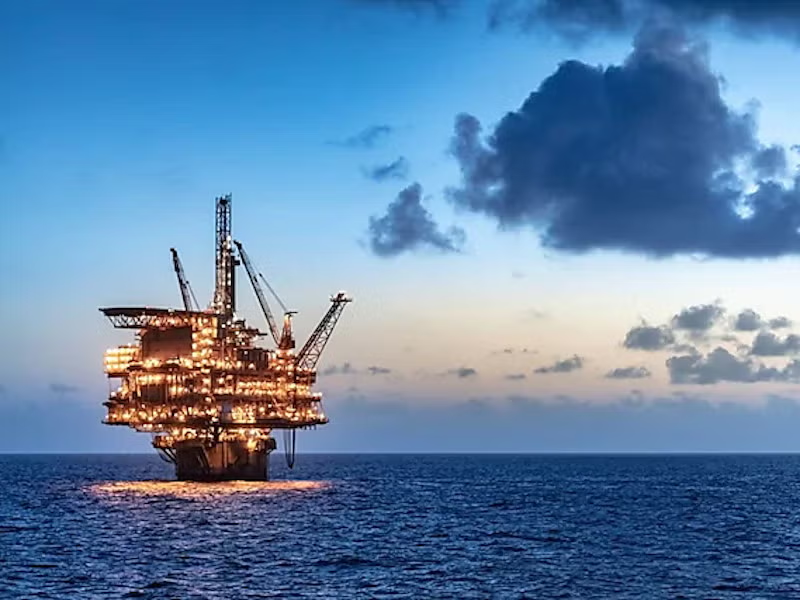
The Sikorsky S-92 is the overwhelming operator choice for offshore platform missions. It boasts a 620-mile range, holds 5,092 pounds of fuel, and features a maximum payload capacity of 2,325 pounds. Operators can choose between configurations for cargo, passengers, or mixed loads. Two General Electric CT7-8A engines power the helicopter, which a crew of two pilots flies with precision and reliability.
Safety and Supply Chain Concerns for the S-92
Despite the S-92’s long history of supporting oil and gas platform operations, the type has some significant problems. In 2024, an S-92 on a search and rescue training mission for Equinor, an oil and gas company, crashed off the coast of Norway, killing one person and injuring five. As a result, Norway considered grounding all of its S-92s. Nothing is more important than safety; tragedies like this cause workers and companies to lose confidence in the helicopters.
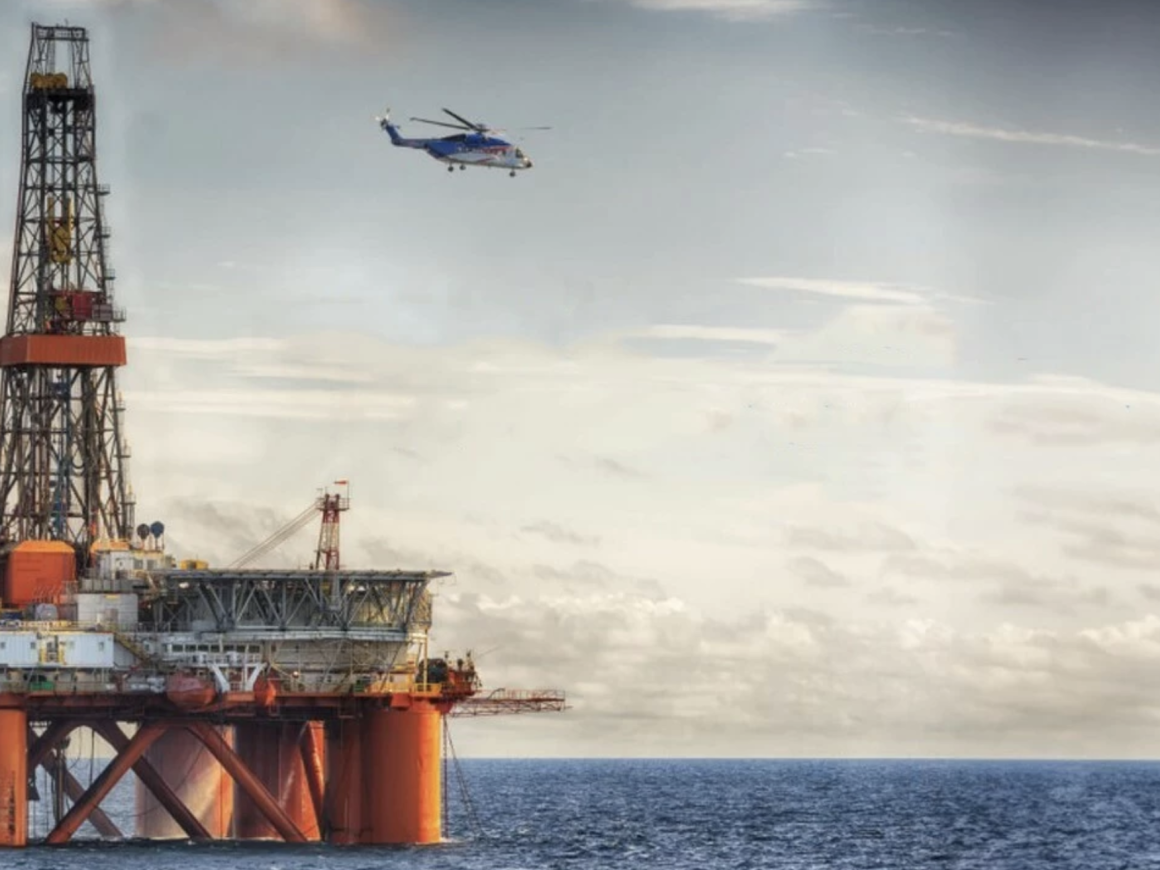
A pressing and widespread (and possibly related) issue for the S-92 stems from its global supply chain disruptions, which hinder access to parts for maintenance, repairs, and upgrades. Operators note that these challenges emerged during the COVID-19 pandemic, with companies still striving to streamline the supply chain. Additionally, the S-92’s age invites competition from newer helicopter designs entering the global market.
H225 Super Puma Initially Emerged as a Solid Competitor for the S-92 Until Disaster Struck
Effective and efficient helicopter support is more important than brand loyalty, so oil and gas companies have no choice but to consider other helicopter models. One such design is the Airbus H225 Super Puma. This helicopter emerged as a capable alternative to the S-92 with its capacity and range.
However, another tragedy occurred in 2016. A Super Puma crashed off the coast of Norway when the main rotor suddenly detached, and all 13 people on board died. The oil and gas industry then removed the H225 from service.
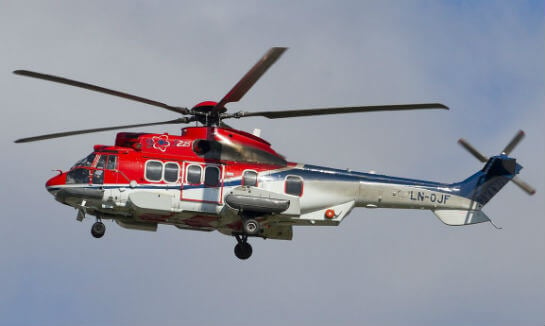
Airbus claims it has studied the crash and is making extensive upgrades to prevent future disasters. It is too early to tell if this will improve confidence in the helicopter.
Serious Lack of Confidence Remains for H225 Following Disaster
In 2024, Unite the Union, a trade union based in Scotland, surveyed 1200 oil and gas workers. The survey asked how they felt about reintroducing the Super Puma to offshore service. Members made it clear they were not ready to trust the helicopter. They felt so strongly that the union released the following:
“Unite will never ever allow offshore health and safety to be compromised by operators and contractors. Absolutely central to this objective is ensuring the full confidence of offshore workers in the helicopters which they are transported in. “Overwhelmingly offshore workers are telling Unite that more action and assurances are needed from the industry in order to improve the safety of helicopter flights. Operators and contractors must listen to these concerns and act.”
Sharon Graham, Unite the Union General Secretary
For its part, Sikorsky is still encouraging customers to purchase and use the S-92. A key factor in this may be the upgrade program to the S-92A model, which primarily includes modifications to the gearbox to increase the helicopter’s range and reliability.
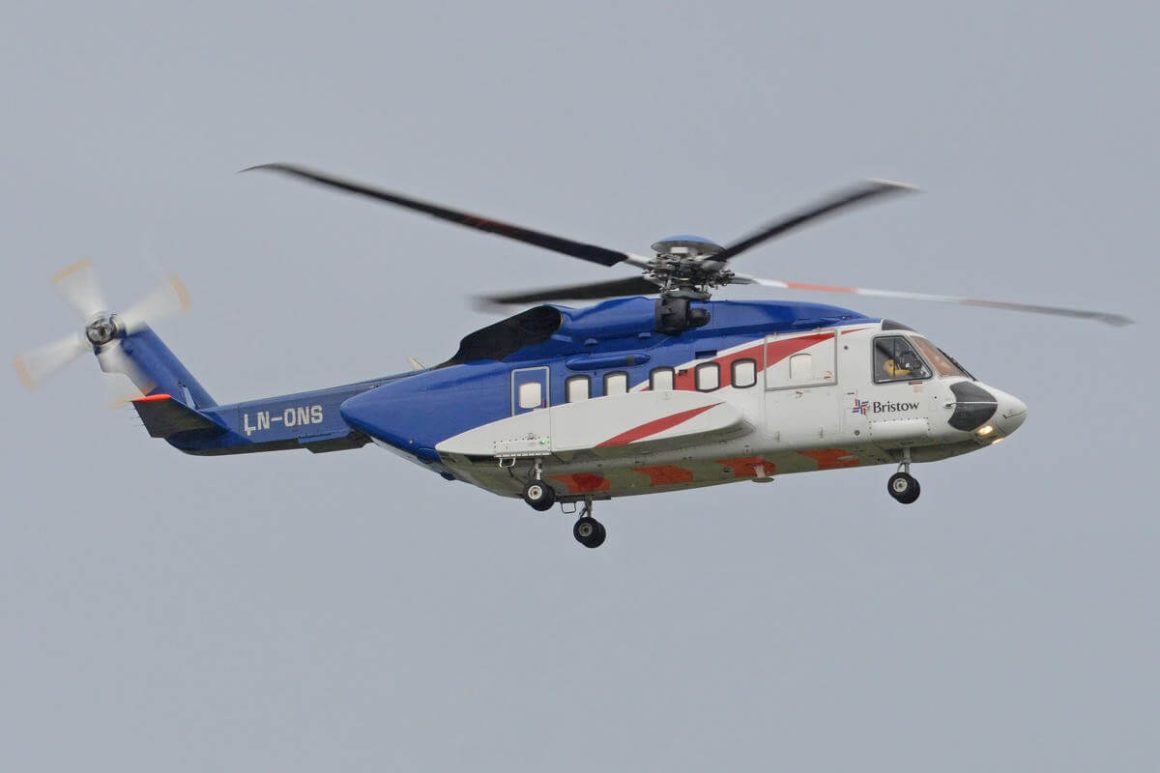
The world relies on its energy platforms, and the manufacturers that produce helicopters to support the platforms must do their part to keep the oil and gas flowing.
Total
0
Shares
Credit: avgeekery.com




